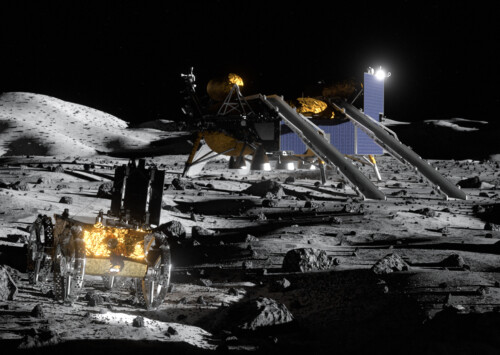Increasing cyclones and garbage deposits, a nod towards extreme climate change
Over the past couple of years, instances of cyclonic storms have increased considerably along the Indian coastline. India faced three cyclones in 2017, seven in 2018, eight in 2019 and five in 2020. Together, these cyclones killed over 500 people.
In 2021 alone, post the destruction caused by Cyclone Tauktae which hit Gujarat on May 17, 2021 killing over 24 people, another cyclonic storm namely, Cyclone Yaas is forming over the Bay of Bengal which is likely to hit the coast of West Bengal and Odisha by May 26, 2021.
Along with the alarming increase in number of cyclones, India has been witnessing a bizarre phenomenon. After the cyclonic storm, Tauktae subsided, the coastline of Mumbai was filled with heaps of garbage washed ashore from the Arabian Sea. Civic solid waste management labourers removed 62,010 kg of trash from seven Mumbai beaches, amounting to 87 pc more than that was collected on May 15, 2021. This phenomenon is not a rare sight in Mumbai as every year during the Monsoon, Mumbai’s beaches get covered with plastic and oil wastes dumped into the sea over the previous months.
“It is a severe case of climate change, heating up of water bodies due to human activities is the primary cause increasing instances of cyclones. Earlier we had one or two instances in every five years from that we moved on to having around five instances every three years, presently it had increased to multiple instances of cyclones every year, which is alarming,” Rekha Lalla, programme manager with the Climate Reality Project India, an organisation which works to provide climate education and empower communities to take climate actions, tells Media India Group.
“The current temperature of Arabian sea where cyclone Tauktae came from is around 32°C which is much higher than what it should have been. In a layman’s language, a cyclone originates when the water is heated, it develops a low pressure area, this low pressure area creates a swirly, which means that whatever there is in the ocean, it will gather, swirl it and dump it on land,” she adds.
Waste disposal in water bodies
The Central Pollution Control Board in India has cited disposal of domestic sewage from cities and towns as the biggest source of pollution of water bodies in India. According to the data published by CPCB, all class I cities and class II towns together generate an estimated 29,129 million litres per day as per population in 2001 census. “We have a very weak solid waste management, the non-biodegradable waste especially single use plastics is dumped in the oceans, and that is what is coming back to us through these cyclones,” says Lala.
“There are a lot of ways through which we can manage this problem, even by taking up simple measures like the 3Rs ‘recycle, reuse, reduce’ at a larger scale, we can ban single use plastic, but the need of the hour is better solid waste management, dumping everything in the water bodies is not the solution,” she added.
Threat to marine life
The trash and sewage waste disposed into the water bodies poses a threat to the aquatic life as well as humans. While many aquatic animals become tangled and injured in the debris, some mistake broken bits of plastic known as micro plastic as food and consume them.
When these fishes are eaten by larger animals the toxic chemicals become a part of their tissues, thus the micro plastic pollution migrates up the food chain, eventually being consumed by humans.
“Presently, I believe we have more waste near our coastlines than marine animals. Non-biodegradable waste, especially plastics, are extremely harmful for these animals, as they unknowingly swallow the waste which disrupts their digestive systems and even affects their reproductive health more often than not leading to their deaths,” says Lala.
Though there have been concerted efforts by activists and common citizens to help clean up Mumbai’s beaches each year, the amount of waste dumped far outweighs the cleanup efforts. Only preventive measures like much better waste management, higher awareness and even penalties for dumping waste in the sea are the only way to bridge the gap.










